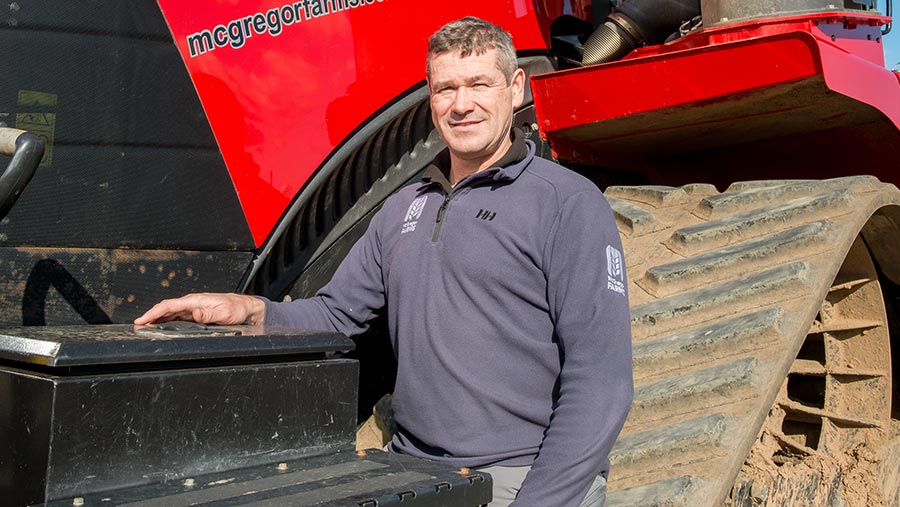Farmer Focus: Consequences of virtually sunless weather
 © Angus Findley
© Angus Findley April’s weather patterns have continued in the same vein as March – dull and virtually sunless.
Our roof-mounted PV panels have produced less than half of their normal output in the months of February, March and April this year.
See also: How strip-till drill offers flexibility in low-cost system
One can only start to wonder about the effects the lack of sunshine in these key growing months is going to have on final yield.
Despite the poor weather patterns, we have managed to stay on track with operations, although our spring barley and oats were drilled later than we would have liked. All have now emerged well and are starting to grow away.
Along with the lack of sunshine and damp conditions, the temperatures have been on the cool side.
This has led to high incidence of septoria in the wheat crops.
Leaves became infected and they remained alongside the freshly emerged leaf layers 3 and 2, since crops have not extended away from the older leaf layers.
T1 fungicide sprays were bolstered with increased rates and the addition of folpet.
With the weather forecast for more of the same for the foreseeable future, it looks like an expensive year for fungicides.
Hopefully, the new generation will live up to their price tag.
I recently attended a meeting organised by our neighbours at the Hirsel Estate.
Here, 32 farmers and gamekeepers met to organise a collaborative approach to enhancing habitat, primarily for the grey partridge but also to have a positive effect on other species.
The number of these once abundant game birds has been in decline for many years. The recent very poor summers locally of 2008 and 2012 decimated our population.
Thankfully, we have seen a significant increase in numbers, with several large coveys spotted over the winter.
The provision of supplementary feeding and “dusting” shelters, along with field margins and sympathetic hedge management, have all contributed.


